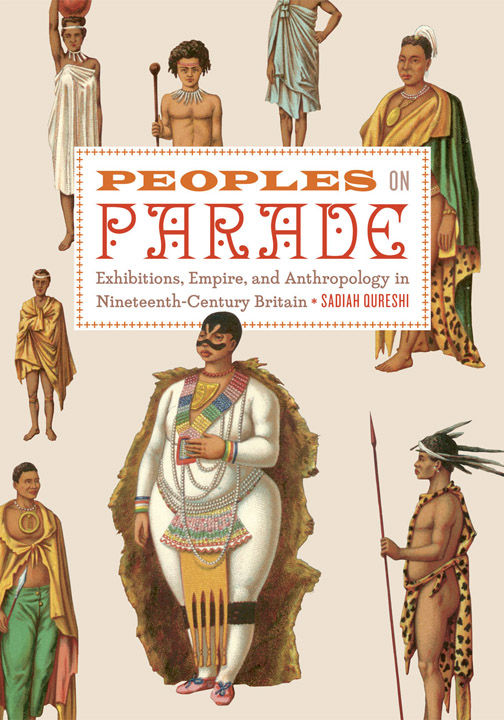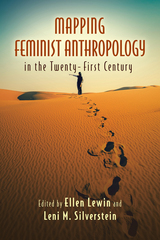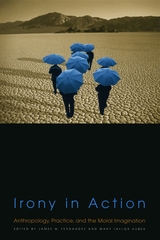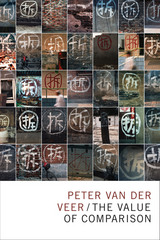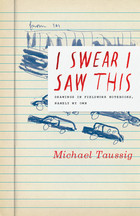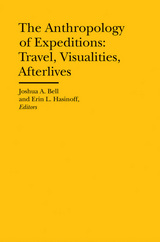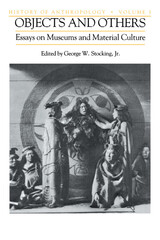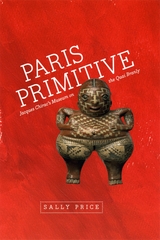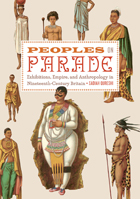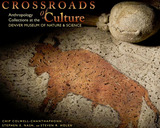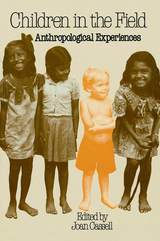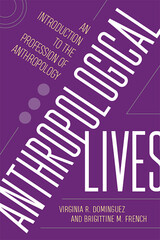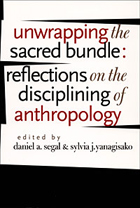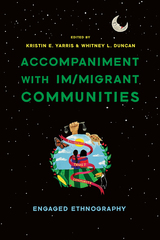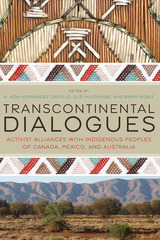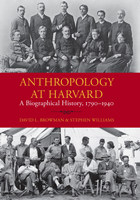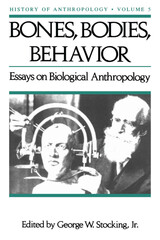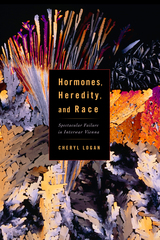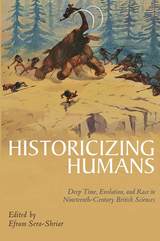“Peoples on Parade breaks new ground in two increasingly prominent fields in the history of science: popularization and race. Dissolving the traditional dichotomy between the making and the popularization of knowledge, Sadiah Qureshi shows that science was made as well as staged in the shows she analyzes. Her book also transcends simple equations between exotic human displays and racist oppression, unpacking the complex social, political, and personal negotiations which made these shows such an important part of nineteenth-century public culture.”
— Ralph O’Connor, University of Aberdeen
“In vivid prose and with striking images, Peoples on Parade overturns conventional accounts of nineteenth-century ethnographic performances as naive encounters across an absolute imperial divide. Sadiah Qureshi reveals the productive interactions of performers, impresarios, audiences, and anthropologists in an imperial metropole already traversed by cultural, racial, and ethnic differences. This book will be of interest to students of empire, popular culture, and the history of science.”
— Andrew Zimmerman, George Washington University
“Sadiah Qureshi’s sensitive and wide-ranging exploration of the troubled and freighted history of displayed peoples in nineteenth-century Britain richly complicates our understanding of the intersections between natural science, racial theories, and popular culture. Attending both to the forms of production and promotion of the shows and to the showmen, the audiences, the ethnologists, and the anthropologists who sought to define their meanings, she carefully illuminates the ways in which debates about human variety were produced on multiple sites and were subject to contestation, not least from the performers, who intervened, demonstrating their own, albeit constrained, agency.”
— Catherine Hall, University College London
“Peoples on Parade is a major contribution to the cultural history of Victorian Britain. Sadiah Qureshi offers a new perspective on the domestic imaginative life of the British Empire, deftly poised between the ‘high’ and popular cultures of race, science, religion, debates about foreign and colonial policy, and a vast commercial world which marketed exotic peoples through spectacular shows and sensational imprints. She offers an elegant rebuttal of those who still think imperialism was ‘absent minded’ or that it, or science, was merely the concern of an ‘official mind.’”
— Richard Drayton, King’s College London
“[E]ntertaining and instructive. . . . [T]he vividness, humour, poignancy and humanity of the relationships between showmen, public, and the participants on parade make for irresistible reading.”
— Felipe Fernández-Armesto, Literary Review
“Expertly researched and academically stimulating, . . [t]his book contributes to a growing body of literature that succeeds in providing an in-depth, interdisciplinary approach to the history of science through the lens of visual culture. Highly recommended.”
— D. M. Digrius, Choice
“[This] interesting, informative, and quite beautiful book is a great service to anthropology.”
— Jack David Eller, Anthropology Review Database
“[H]ighly informative and closely argued. . . . [A] valuable read.”
— Philip McEvansoneya, Journal of Victorian Culture
“[A] fascinating argument, a dizzying tour of the ethnic entrepreneurship of Victorian London supported by the brilliant visual evidence of posters, playbills, postcards and ephemera. As a decisive statement of how entertainment and ethnography coalesced in the fertile Petri dish of Victorian popular culture, resulting in far more subtle and contingent consequences than is permitted by reductionist assumptions of endemic nineteenth-century racism, Peoples on Parade is a brave, stimulating and important book.”
— Geoffrey A. C. Ginn, University of Queensland, Australian Journal of Politics and History
“[An] impressive new book.”
— Los Angeles Review of Books
“Beautifully written, and rich in detail. . . . The work will appeal to scholars interested in imperialism, history of race, Victorian popularizers of science and nineteenth-century visual culture. There can be little doubt that it will feature on most course reading lists relating to the history of nineteenth-century science.”
— Efram Sera-Shriar, York University, Canada, British Journal for the History of Science
“The originality of this book and the importance of its contribution lies in the way Qureshi brings together various strands of nineteenth-century British history: the changing social landscape of the metropole, the networks of empire, and the diffuse origins of scientific ideas.”
— Radhika Natrajan, University of California, Berkeley, Invisible Culture
“A lavish, beautifully produced, and exotically illustrated spectacle. . . . This is an excellent and compelling book with a wide appeal: essential reading for those with a scholarly interest in the history of anthropology, race, and metropolitan cultures of empire but highly rewarding for those with a more casual interest in Victorian Britain and popular entertainment.”
— Historian
“Peoples on Parade is an important book that maps shifting perceptions of the relationships among spectacle, science, and race and reveals the ways in which exhibitions of non-Western peoples contributed to dynamic and contentious debates about human variation. Qureshi contributes to the vibrant scholarship on the relationship between popular culture and the cultures of nineteenth-century science, as well as consolidating arguments about the nature of Britain’s metropolitan imperial culture.”
— Cultural and Social History
